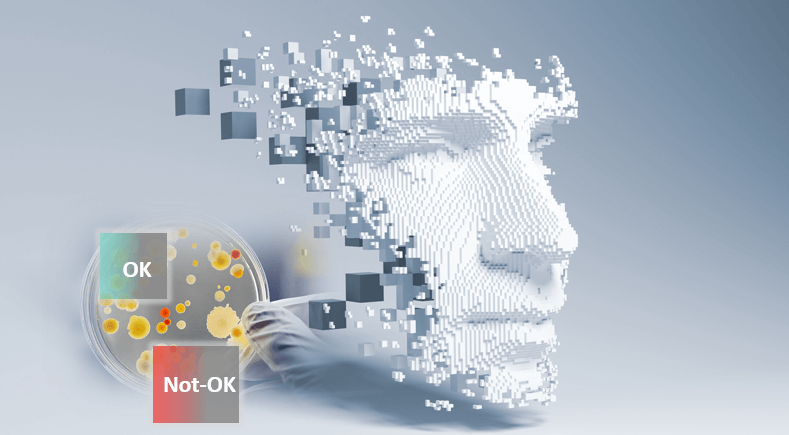Project Description
Ukraine ratified the Kyoto Protocol to the UNFCCC in 2004 and committed not to exceed the base year (1990) level of greenhouse gas emissions in the atmosphere in 2008-2012. The country’s joint efforts with other parties to the Kyoto Protocol aimed to prevent dangerous anthropogenic interference with the climate system.
To be able to add the assigned amounts of emissions (called “Kyoto units”) to its holdings or transfer them to other countries, Ukraine needed to implement a national registry system, where the Kyoto units would be held in the name of the government, and which could track the location of Kyoto units at all times. So, the National Electronic Registry of Anthropogenic Emissions and Absorption of Greenhouse Gases (hereinafter referred to as the “GHG Registry”) was established and maintained by the State Environmental Investment Agency of Ukraine.
Softengi specialists were involved in the process of implementing and supporting the registry technically.

Our Team Contribution
To establish the GHG Registry, a Java solution was used, which was customized in accordance with the technical specifications, Data Exchange Standard requirements of the International Transaction Log (ITL), and Ukrainian legislation.
As a result, the GHG Registry has the following parts:
- Hardware and software system;
- Information resources:
- GHG Registry’s official website;
- Standardized electronic database (contains data relating to the issuance, holding, transfer, acquisition, cancellation and retirement of the assigned units of carbon dioxide equivalent, as well as information about individual or corporate bodies generating emissions or absorption of greenhouse gases).
The State Environmental Investments Agency of Ukraine was the GHG Registry Administrator. Its main task was to ensure the accurate issuance, holding, transfer, acquisition, cancellation, and retirement of Assigned Amount Units (AAUs), Certified Emission Reductions (CERs), Emission Reduction Units (ERUs), and Removal Units (RMUs), as well as conduct their carry-over.
The ITL verifies the GHG Registry transactions in real time to ensure they are consistent with the rules agreed under the Kyoto Protocol.
The project envisaged yet another role – the GHG Registry Technical Administrator. It covered the following tasks:
- Ensuring the operation of the application server for data processing, its connection to ITL’s server, and compliance with the set procedures (Disaster Recovery Plan, Security Plan, Time Validation Plan, Operation Plan, Test Plan, etc.);
- Ensuring the smooth 24/7 operation of the GHG Registry and its backup sites; Providing technical support for the GHG Registry and its official website following the requirements stipulated by the regulatory documents;
- Providing system users with access to its functional elements;
- Supporting the continuous data synchronization between the primary server and the backup sites using Oracle Data Guard technology;
- Providing advanced equipment diagnostics;
- Modernizing the GHG Registry in a timely manner and based on ITL requirements and standards;
- Implementing actions enshrined in the decisions of the UNFCCC Conferences of the Parties 15/CP.7, 16/CP.7, 17/CP.7, 18/CP.7, 19/CP.7, 24/CP.8, 19/CP.9, and 16/CP.10, etc.
Conclusion
Attracting investments by the country within the framework of the Kyoto Protocol flexibility mechanisms would be impossible without the technical transactions performed via the GHG Registry. Softengi is proud of our developers’ best efforts in this process.
PEOPLE ALSO READ

Mental Well-Being Clinic for Virryhealth
Softengi developed a virtual clinic with interactive and non-interactive activities where visitors could schedule therapy sessions with medical experts and visit a VR chat in the metaverse to interact with the amazing nature and animals of the African savanna.

AI-Based Visual Inspection Case Study
Explore how businesses improve production control quality with Ionbond – an automated visual inspection, classification, and anomaly detection solution.

WhTech-WMS: Warehouse Management Software
With WhTech-WMS you can manage access and always know the location of your assets. It allows you to create custom reports and keep an eye on real-time alerts due to crashes or emergencies which gives you the opportunity to always monitor and understand the status of your equipment.

